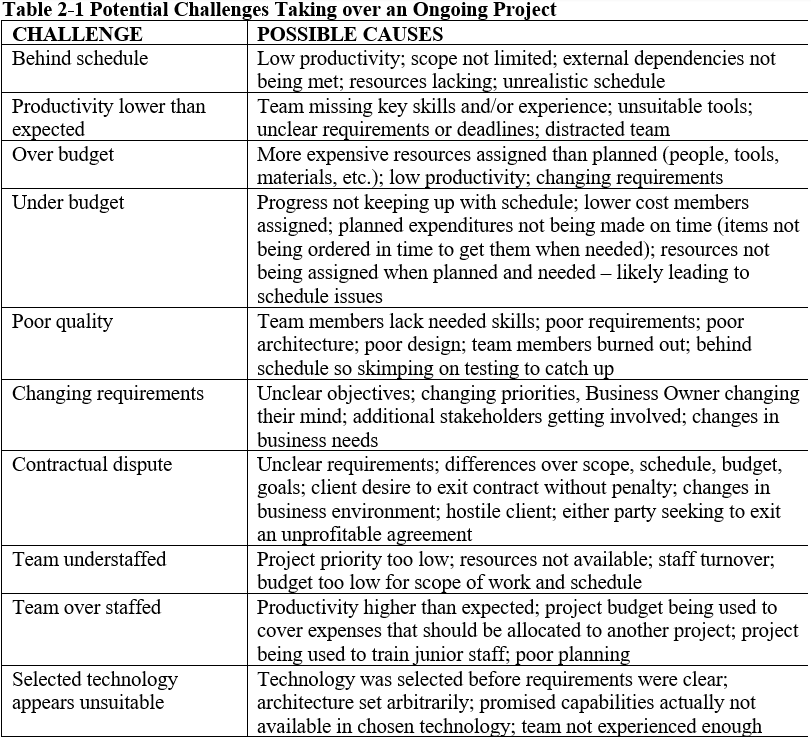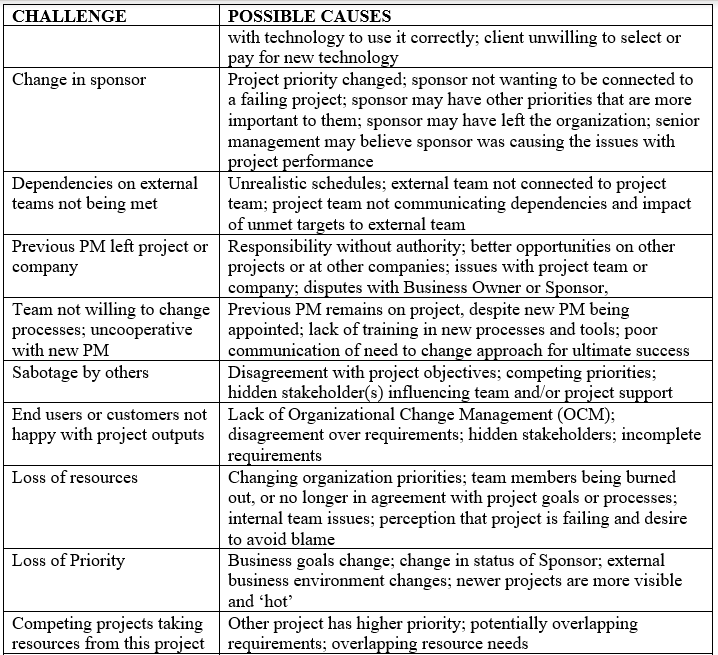From Waterfall Walls to Agile Architecture: The New Era of Construction
This is a collaborative article cowritten by Lucas Marshall and Jason Braun.
Productivity is hard to measure. It differs depending on industry, for one. What’s more, the construction sector is what the Becker Friedman Institute for Economics at the University of Chicago considers “strange and awful,” representative of raw BEA data suggesting “that the value added per worker in the construction sector was about 40 percent lower in 2020 than in 1970.” For instance, the construction of the One World Trade Center in New York faced numerous delays and budget overruns, highlighting the challenges the industry faces. Labor shortages—whose “impacts on labor wages, cost overruns, and scheduling concerns in construction projects”—could be the driving factor here as companies struggle to fill positions while unemployment remains low. In other words, “few construction workers [are] seeking jobs, and therefore the pool to fill demand is shallow,” while onsite workers face the unique challenge of executing projects with limited resources—adding to these impacts and slowing growth.
At first glance, the worlds of software development and construction may seem poles apart. However, both industries grapple with the complexities of managing large-scale projects, ensuring timely delivery, and adapting to unforeseen challenges. For example, the development of the Windows 95 operating system was a monumental task for Microsoft, much like constructing a skyscraper is for a construction firm. Just as software developers transitioned from the rigid Waterfall methodology to the more adaptive Agile approach to address these challenges, the construction industry stands at a similar crossroads.
While it may seem alien to the construction sector, the software industry has subbed one framework (i.e., waterfall) for another (agile), resulting in success ratios two times greater, 37% faster delivery, and greater impact on improving product quality, a 2023 scholarly study found. Popular apps like Spotify and Airbnb have notably benefited from Agile methodologies, iterating rapidly based on user feedback.
In this article, we propose applying similar agile and lean construction methodologies illustrative of industrialized construction. Like software—which replaces a rigid, monolithic release cycle with a more agile framework—we explain that industrialized construction looks to replace the old-school, one-off “project” mindset with a fast and dependable productization framework. Consider the construction of modular homes, which are built offsite in controlled environments and then assembled on-site, mirroring the iterative development and deployment in software.
Software Project Management: From Waterfall to Agile
Companies in the software industry generally use one of two frameworks when building software products:
Waterfall
Waterfall is a more traditional approach to software development where production takes place in a linear, sequential manner (i.e., every task needs to be finished before the next one begins). This means new software solutions begin by defining requirements, then shifting into the software design phase, then shifting to the software developers building what has been proposed, then verifying the release is stable, and finally shifting into maintenance (i.e., finding and squashing bugs). For instance, the early development of Microsoft Office followed a Waterfall approach, with distinct phases and milestones.
Key point: Like construction projects that oftentimes involve a considerable deal of back-and-forth with approvals before breaking ground, then contend with unpredictable access to onsite labor and materials as well as rapidly changing weather conditions, we’ll argue later that construction is due for breaking from the waterfall-like processes through industrialization.
Agile
Agile is an iterative, team-based approach to software development where rapid delivery of functional products over a short period of time (known as sprints) is used (similar to lean manufacturing methods applied to construction). Continuous improvement is adopted, and subsequent batches are planned in cyclical schedules. Tech giants like Google and Facebook have adopted Agile methodologies for many of their projects, allowing for rapid iteration and improvement based on user feedback.
Agile methodology is more collaborative and customer-focused. Oftentimes, customers have the opportunity to offer their feedback through the software development process (e.g., beta releases). Through this approach, developers can improve the overall functionality of the software for the target end user and establish a 1-1 relationship based in trust and mutual respect. It also offers a fixed, predictable schedule and delivery, improved quality for customers through their hands-on participation, as well as adaptability through change.
Advertisement
[widget id=”custom_html-68″]
From One-Off Projects to Finished Goods through Industrialized Construction
Industrialized construction (IC) refers to “the process through which construction aims to improve productivity through increased mechanization and automation,” similar to how Ford’s early assembly line offered the mechanized approach necessary to meet the demands of customers for the Model-T while ensuring product consistency and quality through mechanized orchestration.
The mention of Ford’s Model-T isn’t merely a nostalgic nod to the past but a pivotal example of industrial transformation. In the early 20th century, the automobile industry faced challenges similar to today’s construction sector: Inefficiencies, inconsistencies, and a demand that outpaced supply. Ford’s introduction of the assembly line for the Model-T revolutionized production, offering a standardized, efficient, and scalable solution.
At a high-level, industrialized construction as a concept moves beyond approaching each build as one-off projects. Instead, practitioners apply a foundational framework where building deliverables are treated as building products and the same attention to build quality, customer satisfaction, and continuous improvement seen from manufacturers of marketable finished goods (e.g., automobiles, electronic devices, perishable goods, etc.) is applied to construction. A real-world example can be seen in the rise of prefabricated homes, which are built in factories and then assembled onsite, ensuring consistent quality and faster construction times.
The traditional approach to construction, as we highlighted earlier, comes with its set of challenges. For instance, 45% of all construction projects face disruptions due to inclement weather. A staggering 93% of construction firms grapple with material shortages. Furthermore, the limited access to skilled workers, a point we touched upon earlier, restricts the efficiency of an onsite workforce, especially under tight deadlines. This can jeopardize schedules, budgets, and even the quality of work.
For instance, the construction of the Berlin Brandenburg Airport faced numerous delays due to planning and execution challenges, showcasing the need for a more streamlined approach.
The transition towards Industrialized Construction isn’t just a theoretical proposition; it has tangible, real-world implications that can redefine the construction landscape. For starters, IC can lead to significant cost savings. By shifting much of the construction process to controlled environments, we can mitigate the risks and uncertainties of on-site construction, from weather disruptions to labor shortages. This not only ensures projects stay on budget but also can lead to faster completion times. For example, the Broad Sustainable Building company in China constructed a 57-story skyscraper in just 19 days using prefabricated modules, showcasing the potential of IC.
Industrialized construction, meanwhile, looks to improve quality by affecting factors within a business’s control:
- Third-party prefabrication and offsite construction partners or building out your own infrastructure to support offsite preassembly can improve schedule certainty by 90%, while cutting down on construction costs by 10% and improving quality by mechanizing the preassembly process in a temperature-controlled factory setting where stringent quality measures can be enforced.
- Robotics and additive manufacturing technology to increase output, capabilities, and design freedom of human installers; smart tools and IoT solutions in the hands of these installers, meanwhile, can further assist in performing installations more safely with reporting/quality verifiability. For instance, the use of drones in construction sites for surveying and monitoring has become increasingly common, providing real-time data and insights.
- Building information modeling (BIM) can help construction professionals and stakeholders (e.g., customers, inspectors) collaborate virtually, envisioning finished products in their natural environment while improving the 1-1 relationship and trust through construction projects similar to how earlier discussed software teams run beta tests. The construction of the Shanghai Tower, for example, heavily relied on BIM for its design and execution.
- A wealth of data via digital twins (e.g., real-time inventory data, predictive analytics, data synchronization to remove information silos, etc.) can help professionals manage projects with more certainty and deliver data-driven insights to drive proactive decision-making and quality.
In the broader discourse on project management methodologies, Antonio Nieto-Rodriguez’s article, “It’s Time to End the Battle Between Waterfall and Agile,” offers a compelling perspective. Nieto-Rodriguez critiques the rigid dichotomy many project leaders maintain between Waterfall and Agile, suggesting that such binary thinking has fostered tribalism within the project community, stifling innovation and potential. This tribal mindset has even led entire organizations to “go agile,” often at the expense of sidelining the foundational principles of traditional methodologies that certain projects might still benefit from. The real-world implications of this divisive approach can result in tangible losses for organizations. Nieto-Rodriguez advocates for a more nuanced approach: hybrid project management methodologies. By merging the meticulous planning of Waterfall with the adaptability of Agile, these hybrid methods can address the shortcomings of a one-size-fits-all strategy. Such an approach not only bridges the divide between the two methodologies but also paves the way for more effective and innovative project outcomes.
Top of Form
Bottom of Form
Bottom Line
The construction industry and its fragmented ecosystem is in desperate need of industry-governing interoperability where critical project data is shared in real-time, enabling collaboration and a nimble building process adaptive to change.
As project managers in our industry look to the software industry for ways to improve quality, one conclusion they may come to is breaking away from the monolithic, waterfall delivery methods. Instead, they may implement an agile framework and industrialization of processes that facilitate the same increased output and uncompromised product quality that allowed the iconic Model-T to roll off the production line and meet customer demands.
About Authors
Jason Braun is the author of Designing Context-Rich Learning by Extending Reality and an educator with over a decade of producing, delivering, and promoting critically acclaimed multimedia learning experiences. Recognized for collaborating effectively with programmers to create educational software featured in The Chronicle of Higher Education and with subject matter experts like New York Times best-selling authors and FBI cybersecurity agents.






